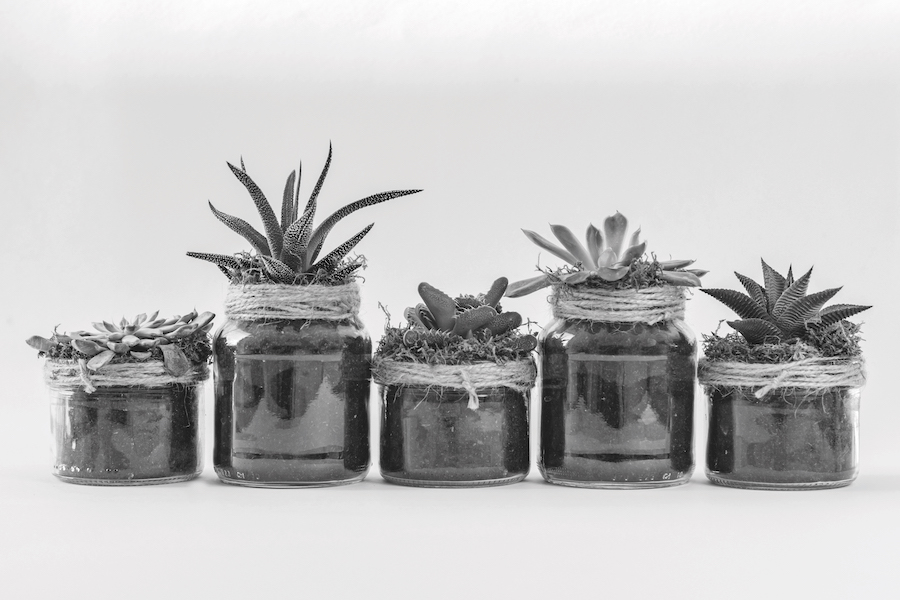As the pandemic is slowly brought under control, a changed world will emerge that offers new investment opportunities.
Few people will be sorry to see the end of 2020, and many have subdued expectations for next year. I am forecasting Q4 2020 and Q1 2021 to experience the two consecutive quarters of negative growth that mark a technical recession. However, the main cause of that recession – covid-19 – will as 2021 progresses have far more obstacles thrown in its path, as vaccines and new treatments are rolled out. Governments will be able to gradually lift the restrictions that strangled growth in 2020. Next year will see a growing recovery for the economy, and I see five interesting new opportunities emerging for property investors.
1. The snow shovel recovery
Starting from Q2 of 2021, I expect the UK to experience a snow shovel-shaped recovery. Q2 will be flat, as the business world takes stock after a difficult winter and plans for the future but is initially reluctant to recruit and invest again. Meanwhile, warmer weather and distribution of the vaccine will finally bring the pandemic down to a manageable level. This will clear the path for a more perceptible, Asia-led global economic recovery in Q3. Then in Q4 we shall see far greater momentum, as more consumers gain the confidence to live life in a manner resembling the pre-pandemic world.
2. The vultures circle
A huge amount of dry powder has been raised by real estate opportunity funds targeting distressed situations. In 2020 they struggled to deploy this money, as so far banks have extended forbearance. That will change in 2021, as institutions tidy up loan books so they can embark on new lending. This will result in more distressed assets coming to market.
I see hospitality as the sector to watch. The speed with which the public embraced the government’s Eat Out to Help Out scheme in August shows that consumers want hospitality’s products and services. The virus has created a temporary crisis from which the sector will emerge, and this could present opportunities to investors who are prepared to think long term.
Some, like France and the UK, plan to use this as an opportunity to develop green industries
3. Mixed-use
A post-pandemic world that involves more home-working beckons, but most firms do still expect staff to spend time in an office with colleagues. From the middle of next year, as workers drift back to the office, companies will get a better sense of how much space they will need in the future. As a result, landlords will adapt their office buildings to incorporate a mix of uses.
In particular, I see more demand for micro-living, with workers choosing to have a second residence close to the workplace. This will allow people to have certain days when they put in long hours at the office, as well as perhaps partaking of the social and cultural amenities available in city centres. Buildings will also include more facilities to support the lifestyles of those who live and work in them, such as 24/7 retail, gyms and hospitality.
4. Reshoring
Even before the pandemic, supply chains were starting to shorten, as firms shifted towards faster movement of goods to market. However, the pandemic highlighted the risks of overdependence on long supply chains, as health services struggled to acquire PPE and drugs. There is also a political movement in many western societies to rebuild onshore manufacturing to provide opportunities for low- and medium-skilled workers.
I see light industrial property benefiting from a reshoring of manufacturing, as well as lifestyle changes – as more ‘dark kitchens’ open to meet rising demand for delivered meals.
5. Green revolution
National governments know that their economies need rebuilding after the blow of the pandemic, and some, like France and the UK, plan to use this as an opportunity to develop green industries. Of the French government’s €100bn economic stimulus package, 30% will go on green projects. Particularly for the UK, offshore wind is likely to be an area of expansion, and property investors should consider assets occupied by firms that support offshore wind farms, such as industrial estates near major ports along the North Sea coast.








